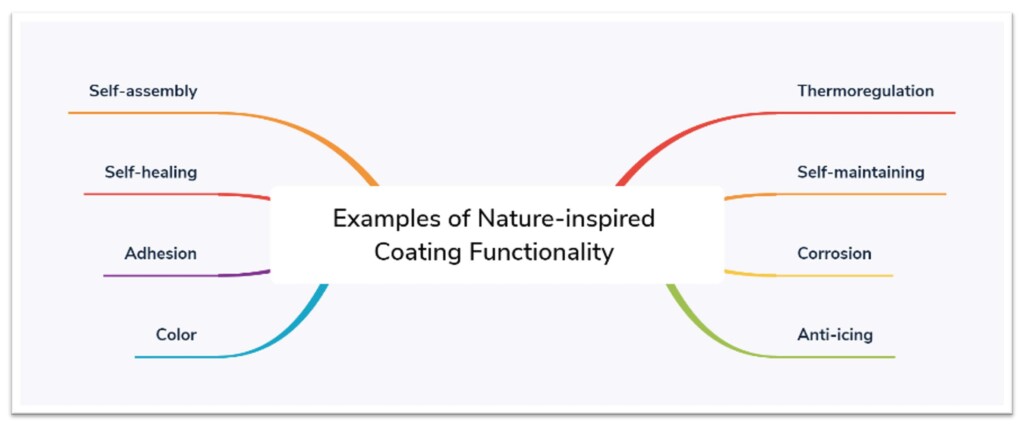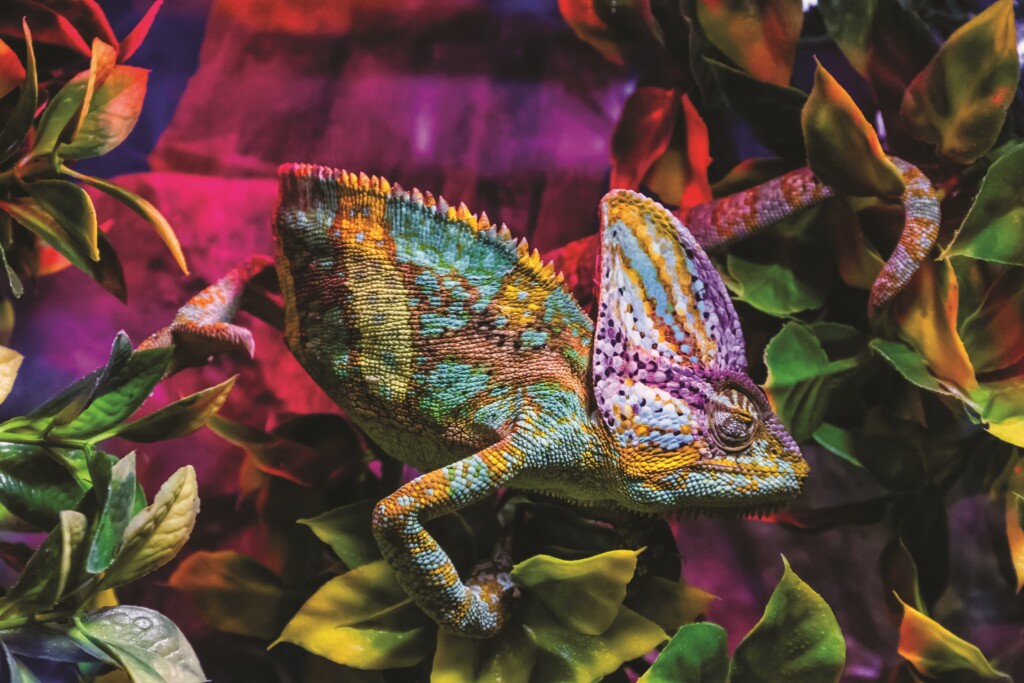By Victoria Scarborough, Ph.D., The ChemQuest Group
Mother Nature had millions of years to evolve eloquent designs for the long-term survival of living organisms using natural selection. Studying these biological designs in detail—and mimicking their characteristics in new product development—enables a different type of nature-inspired innovation, called biomimicry. According to the Biomimicry Institute, biomimicry can be defined as “an approach to innovation that seeks sustainable solutions to human challenges by emulating nature’s time-tested patterns and strategies.” The Biomimicry Institute Launchpad accelerates the development and commercialization of biomimicry startup company innovations and helps support the next generation of sustainability entrepreneurs. In fact, several U.S. universities have biomimicry programs, including Arizona State University, the University of Akron, and the Berkley Center for Green Chemistry. Commercial biomimetic products have been created for industries like agriculture, building systems, textiles, chemical manufacturing, electronics, food manufacturing, transportation, healthcare, software, and water treatment. According to a 2018 market intelligence report by BIS Research, “Global Biomimetic Technology Market—Analysis and Forecast, 2018-2028,” the global biomimetic technology market is expected to reach $18.50 billion by 2028 and with a CAGR of 10.04%.

What strategic functions does nature inspire for the paint and coatings industry? The classic example is super hydrophobicity inspired by the lotus leaf. Videos showing coatings shedding water never fail to delight the customer, especially if it is on their wooden deck, umbrella, or driveway. Birds, fish, and insects have many striking colors that never seem to fade. How can structural color help exterior paint look as fresh as the day it was applied? Fish and reptiles have survived being frozen in water over the winter. What biological antifreeze enables that? The Saharan silver ant hunts its prey in the middle of the day in the desert and never overheats. How does it keep its body cool? Sharks glide through the water nearly friction-less. What surface structures make that possible? Ivy grows up walls and adheres tenaciously to the substrate. Can we mimic that for paints and adhesives?
Birds, fish, and insects have many striking colors that never seem to fade. How can structural color help exterior paint look as fresh as the day it was applied?
Some companies in the paint and coatings industry have successfully leveraged the principles of biomimicry to create innovative, new products using nature-inspired functionality. A few commercial examples are listed below.
The StoColor® Lotusan® exterior coating is water-repellent and self-cleaning, with a surface similar to that of the lotus leaf. The surface lowers maintenance costs by extending cleaning and re-coat cycles.
Adaptive Surface Technologies developed a slippery coating that mimics the pitcher plant and helps solve marine biofouling, called SLIPS® Foul Protect™. No biocides are needed to prevent bio-fouling.
GECKSKIN® technology is bio-inspired by the gecko. Geckskin devices have high shear strength and low peel strength.
A/F Protein Inc. is the world’s only commercial producer of antifreeze proteins purified from natural sources.
Sharklet Technologies produces textured film products that create bacterial inhibition on high-touch environmental surfaces.
These examples show that innovation inspired by nature is not only possible, but that nature can be used to create new ways of solving longstanding problems. Keep your eye on biomimetic research, as it may provide a sustainable, evolution-tested unique solution to your innovation needs.
Birds, fish, and insects have many striking colors that never seem to fade. How can structural color help exterior paint look as fresh as the day it was applied?
CoatingsTech | Vol. 17, No. 8 | August 2020
